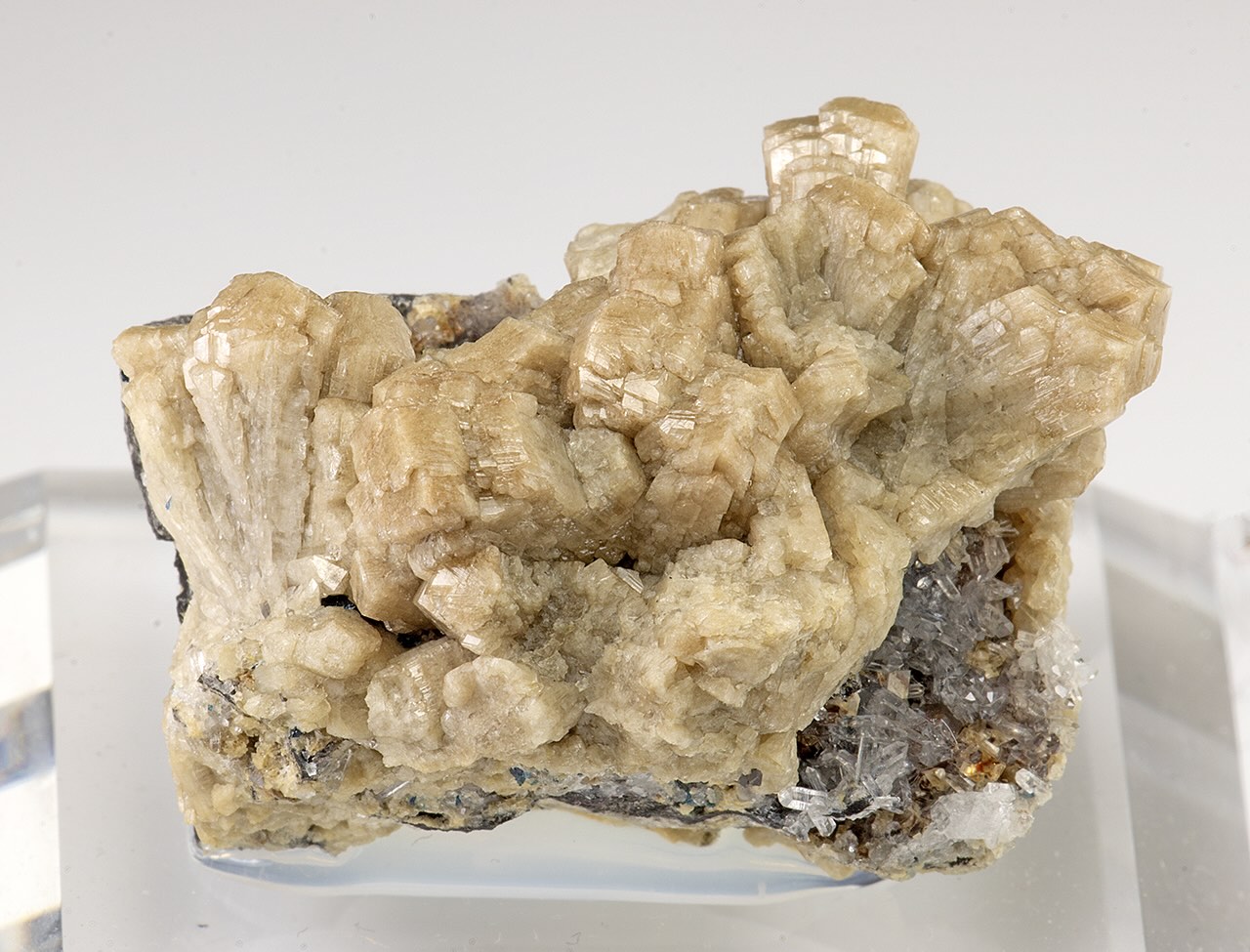
What is Whiteite? Whiteite is a rare mineral that captures the curiosity of geologists and mineral enthusiasts alike. Found in phosphate-rich environments, this mineral boasts a unique composition and striking appearance. Why is Whiteite special? Its rarity and complex structure make it a subject of study for those interested in mineralogy. Where can you find Whiteite? Typically, it’s discovered in specific geological settings like pegmatites and phosphate deposits. How is Whiteite formed? The mineral forms under specific conditions involving the interaction of phosphate minerals with other elements. What makes Whiteite unique? Its distinct crystal structure and rarity set it apart from more common minerals.
Key Takeaways:
- Whiteite is a rare, shiny mineral with a unique chemical composition. It's valued by collectors and scientists for its beauty and contribution to understanding Earth's history and rock formations.
- Found in specific geological settings, Whiteite is a fascinating mineral that helps scientists study phosphate mineralogy and geochemistry. Its unique properties make it a valuable addition to museums and educational institutions.
What is Whiteite?
Whiteite is a rare mineral that fascinates geologists and collectors alike. Its unique properties and formation make it a subject of interest. Here are some intriguing facts about this mineral.
- Whiteite is a phosphate mineral that belongs to the monoclinic crystal system.
- It was first discovered in 1971 in the Tip Top mine, Custer County, South Dakota, USA.
- The mineral is named after John Sampson White, an American mineralogist.
- Whiteite typically forms in granite pegmatites, which are coarse-grained igneous rocks.
- It often appears as tabular crystals or in fibrous aggregates.
- The color of Whiteite ranges from colorless to pale yellow or brown.
Chemical Composition of Whiteite
Understanding the chemical makeup of Whiteite helps in identifying and studying it. Here are some facts about its composition.
- The chemical formula for Whiteite is (Ca,Mg)Al2(PO4)2(OH)·8H2O.
- It contains elements like calcium, magnesium, aluminum, phosphorus, oxygen, and hydrogen.
- Whiteite is part of the Whiteite group, which includes several related minerals.
- The mineral is known for its hydration, containing water molecules within its structure.
- It has a Mohs hardness of 3.5 to 4, making it relatively soft.
- Whiteite has a specific gravity of about 2.3.
Physical Properties of Whiteite
The physical characteristics of Whiteite make it distinguishable from other minerals. Here are some key properties.
- Whiteite has a vitreous to pearly luster, giving it a shiny appearance.
- It exhibits perfect cleavage in one direction, meaning it can split easily along that plane.
- The mineral is translucent to transparent, allowing light to pass through it.
- Whiteite has a white streak, which is the color of its powdered form.
- It has a brittle tenacity, meaning it can break or crumble easily.
- The mineral can show fluorescence under UV light, glowing in different colors.
Occurrence and Locations
Whiteite is found in specific geological settings. Here are some facts about where it can be located.
- Besides the Tip Top mine, Whiteite has been found in Brazil, Canada, and Austria.
- It often occurs in association with other minerals like quartz, albite, and tourmaline.
- Whiteite is typically found in cavities and fractures within granite pegmatites.
- The mineral can also be found in hydrothermal veins, where hot, mineral-rich water deposits it.
- It is considered a secondary mineral, forming from the alteration of primary minerals.
Uses and Significance
While Whiteite may not have widespread industrial uses, it holds significance in other areas. Here are some interesting points.
- Whiteite is primarily valued by mineral collectors for its rarity and beauty.
- It is used in scientific research to understand phosphate mineralogy and geochemistry.
- The mineral can serve as an indicator of geological conditions, helping geologists study the history of rock formations.
- Whiteite specimens are often displayed in museums and educational institutions.
- It can be used in gemology for educational purposes, though it is not typically used in jewelry due to its softness.
- The study of Whiteite contributes to the broader understanding of mineral diversity and formation processes.
- Whiteite's unique properties make it a subject of interest in crystallography, the study of crystal structures.
Final Thoughts on Whiteite
Whiteite, a rare and fascinating mineral, offers a glimpse into the Earth's geological wonders. Its unique crystal structure and vibrant colors make it a prized specimen for collectors and geologists alike. Found in only a few locations worldwide, Whiteite's rarity adds to its allure. This mineral's composition, primarily consisting of phosphate, gives it distinct properties that set it apart from other minerals. Whether you're a seasoned geologist or a curious enthusiast, Whiteite's story is a testament to the Earth's incredible diversity. From its discovery to its various forms, Whiteite continues to captivate those who study it. So next time you come across this mineral, remember the rich history and scientific significance it holds. Whiteite isn't just a mineral; it's a piece of Earth's intricate puzzle, waiting to be explored and appreciated.
Frequently Asked Questions
Was this page helpful?
Our commitment to delivering trustworthy and engaging content is at the heart of what we do. Each fact on our site is contributed by real users like you, bringing a wealth of diverse insights and information. To ensure the highest standards of accuracy and reliability, our dedicated editors meticulously review each submission. This process guarantees that the facts we share are not only fascinating but also credible. Trust in our commitment to quality and authenticity as you explore and learn with us.
